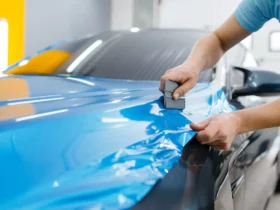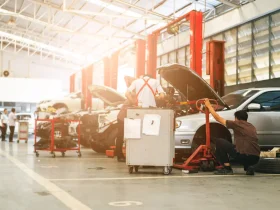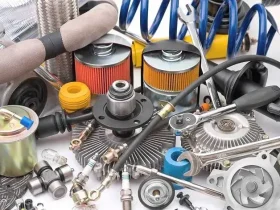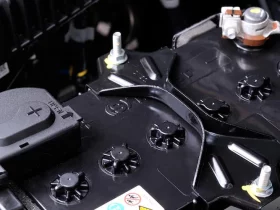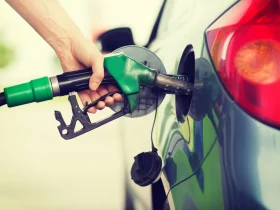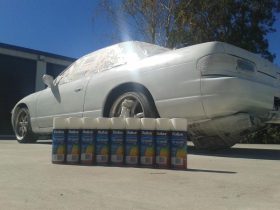Determining how long you can drive with an EVAP leak is a common concern among vehicle owners. The EVAP (evaporative emission control) system is an important part of a car’s emissions control system.
Its purpose is to prevent harmful fuel vapors from being released into the atmosphere. When there is a leak in the EVAP system, it can affect the performance and efficiency of the vehicle.
The significance of an EVAP leak
The significance of an EVAP leak is crucial in taking appropriate action to resolve the issue promptly. While it may be tempting to overlook the problem, driving with an EVAP leak can have both short-term and long-term consequences.
Furthermore, an EVAP leak can trigger the check engine light, making it difficult to pass state inspections or emissions tests. Long-term effects include potential damage to the vehicle’s catalytic converter and oxygen sensors.
Identifying symptoms of an EVAP leak
Identifying symptoms of an EVAP leak is essential in addressing the issue promptly. While some symptoms may be subtle, others may be more noticeable and require immediate attention. Here are some common signs to watch out for:
1. Check engine light:
If your vehicle’s check engine light is illuminated, it could be a sign of an EVAP leak. However, it’s important to note that the check engine light can also indicate other problems, so a proper diagnosis is necessary.
2. Fuel odor:
An EVAP leak can cause a fuel odor, particularly near the fuel tank or fuel filler cap. If you notice a strong smell of gasoline, it’s important to have your vehicle inspected for a potential leak.
3. Decreased fuel efficiency:
A leaking EVAP system can lead to a decrease in fuel efficiency. If you find yourself visiting the gas station more frequently without any noticeable changes in your driving habits, it may be worth investigating an EVAP leak.
4. Difficulties during refueling:
Another symptom of an EVAP leak can be difficulties during refueling. For instance, you may experience a slow fuel fill or the fuel nozzle may keep shutting off.
Seeking professional assistance
When it comes to dealing with an EVAP leak, seeking professional assistance is highly recommended. While some minor leaks or loose connections can be addressed by DIY enthusiasts, it is often best to leave the repairs to trained technicians.
Not only can a professional mechanic accurately pinpoint the source of the leak, but they can also provide comprehensive repairs that will ensure the issue is resolved completely. They will utilize specialized equipment to test your vehicle’s EVAP system.
Attempting to fix an EVAP leak without the necessary knowledge or tools can result in further damage to your vehicle and potentially lead to more expensive repairs down the line.
How long can you safely drive with an EVAP leak?
One common question among vehicle owners dealing with an EVAP leak is how long they can drive with the issue. While it may be tempting to ignore the problem and continue driving, it is important to address the leak as soon as possible.
Driving with an EVAP leak can have various consequences, ranging from decreased fuel efficiency to potential damage to other components of the vehicle’s emissions system.
The severity of the leak and its impact on your vehicle’s performance can vary. Some leaks may have minimal effects, while others can cause significant issues.
The potential risks of driving with an EVAP leak
Driving with an EVAP leak may seem like a minor inconvenience, but it can pose several risks to your vehicle’s performance and overall reliability.
One of the primary risks of driving with an EVAP leak is decreased fuel efficiency. When there is a leak in the evaporative emission control system, fuel vapors can escape into the atmosphere.
Furthermore, an EVAP leak can also cause damage to other components of your vehicle’s emissions system. The leak can lead to the accumulation of unwanted debris and contaminants, potentially clogging or damaging sensitive parts.
Potential damage to your vehicle, driving with a malfunctioning emissions system can have legal consequences. In some states, vehicles must pass emissions inspections to ensure they meet environmental standards. Driving with a faulty emissions system can lead to failed inspections and even fines.
To avoid these risks, it is crucial to address an EVAP leak as soon as it is detected. In the following section, we will explore some signs that may indicate you have an EVAP leak and discuss the steps you can take to promptly address the issue.
Conclusion
Driving with an EVAP leak is not a risk worth taking. Not only can it decrease fuel efficiency and potentially damage other components of your vehicle’s emissions system, but it can also have legal consequences.
To ensure the safety and reliability of your vehicle, it is crucial to address an EVAP leak as soon as it is detected.


